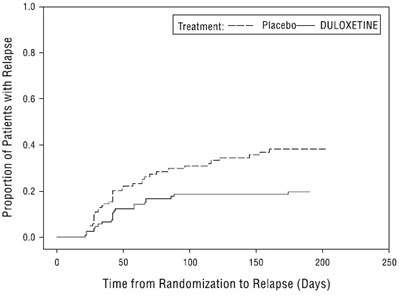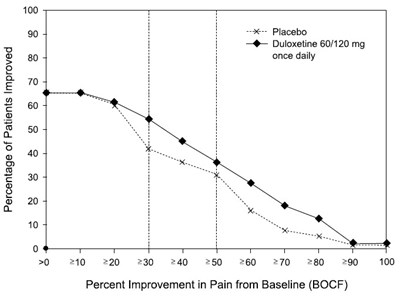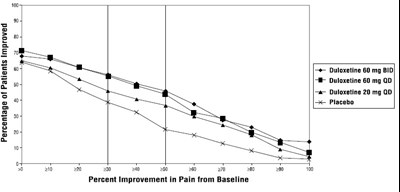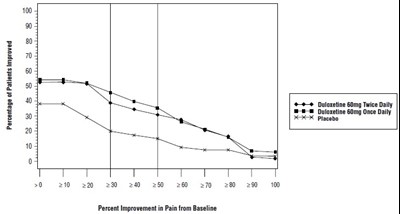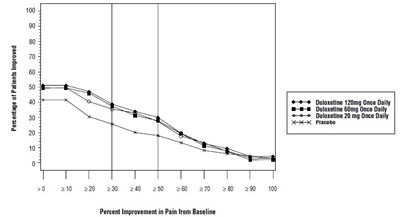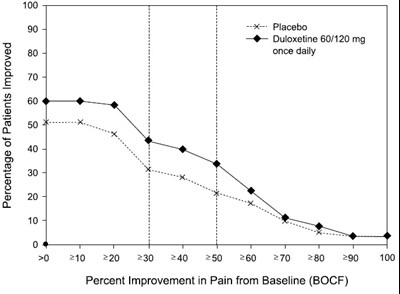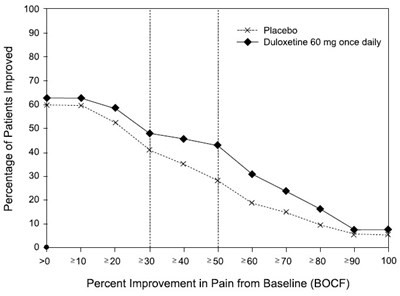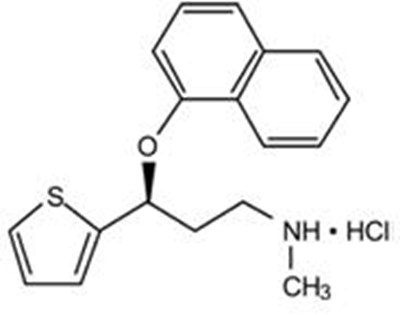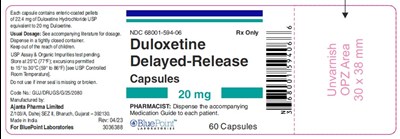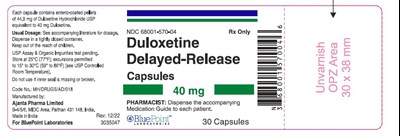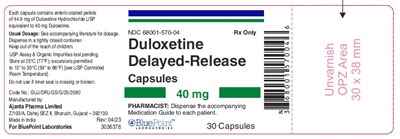Product Images Duloxetine
View Photos of Packaging, Labels & Appearance
- Duloxetine DR 20mg 60 count Paithan - duloxetine 20mg
- figure1 - duloxetine fig1
- figure10 - duloxetine fig10
- figure2 - duloxetine fig2
- figure3 - duloxetine fig3
- figure4 - duloxetine fig4
- figure5 - duloxetine fig5
- figure6 - duloxetine fig6
- figure8 - duloxetine fig8
- figure9 - duloxetine fig9
- structure - duloxetine structure
- Duloxetine DR Capsules 20mg 60 count Bharuch site - image 02
- Duloxetine DR Capsules 30mg 30 count Paithan - image 03
- Duloxetine DR Cap 30mg 30 count Bharuch site - image 04
- Duloxetine DR Capsules 40mg 30 count Paithan - image 05
- Duloxetine DR Capsules 40mg 30 count Bharuch site - image 06
- Duloxetine DR Cap 60mg 30 count Paithan - image 07
- Duloxetine DR Capsules 60mg 30 Count Bharuch Site - image 08
Product Label Images
The following 18 images provide visual information about the product associated with Duloxetine NDC 68001-594 by Bluepoint Laboratories, such as packaging, labeling, and the appearance of the drug itself. This resource could be helpful for medical professionals, pharmacists, and patients seeking to verify medication information and ensure they have the correct product.
figure2 - duloxetine fig2

The text describes a graph showing the proportion of patients with relapse over time. The graph compares the treatment of a placebo to the treatment of duloxetine. The x-axis represents the time from randomization to relapse in days, ranging from 0 to 300. The y-axis represents the proportion of patients with relapse, ranging from 0.0 to 10. The graph displays data points for different time intervals and treatment options.*
figure4 - duloxetine fig4

Percentage of Patients Improved: This text appears to provide information about the percentage of patients who experienced improvement. However, due to the presence of non-English characters and unclear formatting, the exact details are not discernible. Therefore, a more specific description cannot be generated.*
* The product label images have been analyzed using a combination of traditional computing and machine learning techniques. It should be noted that the descriptions provided may not be entirely accurate as they are experimental in nature. Use the information in this page at your own discretion and risk.

